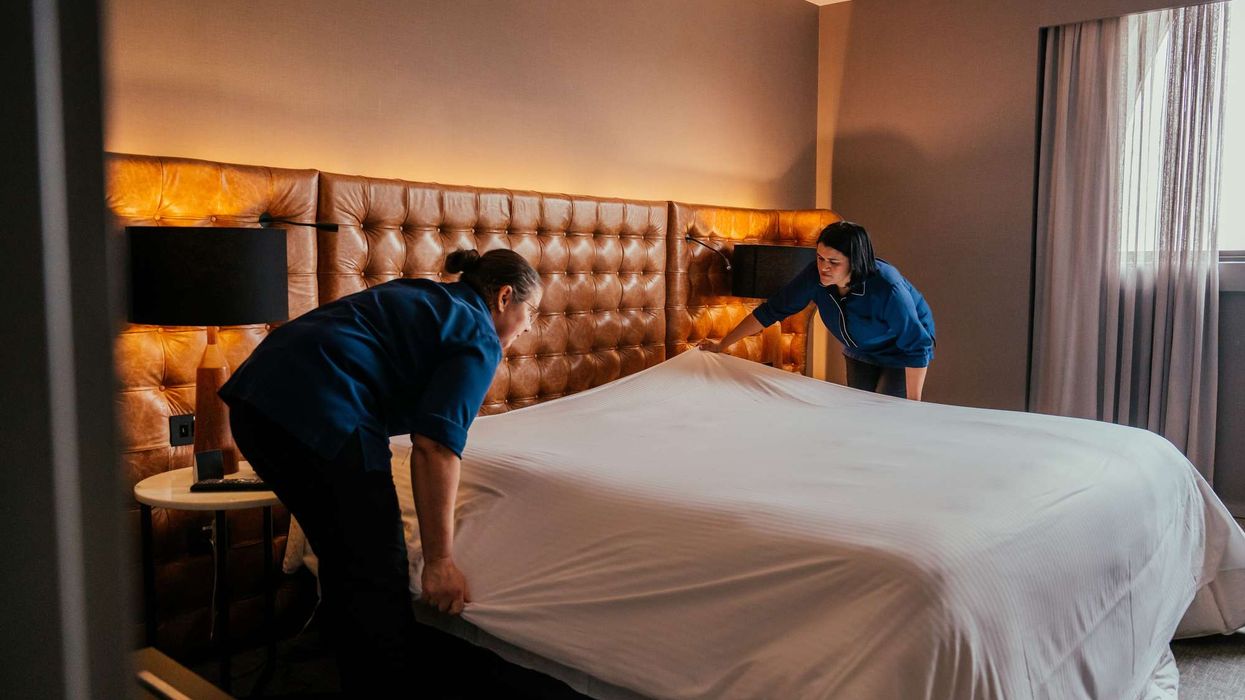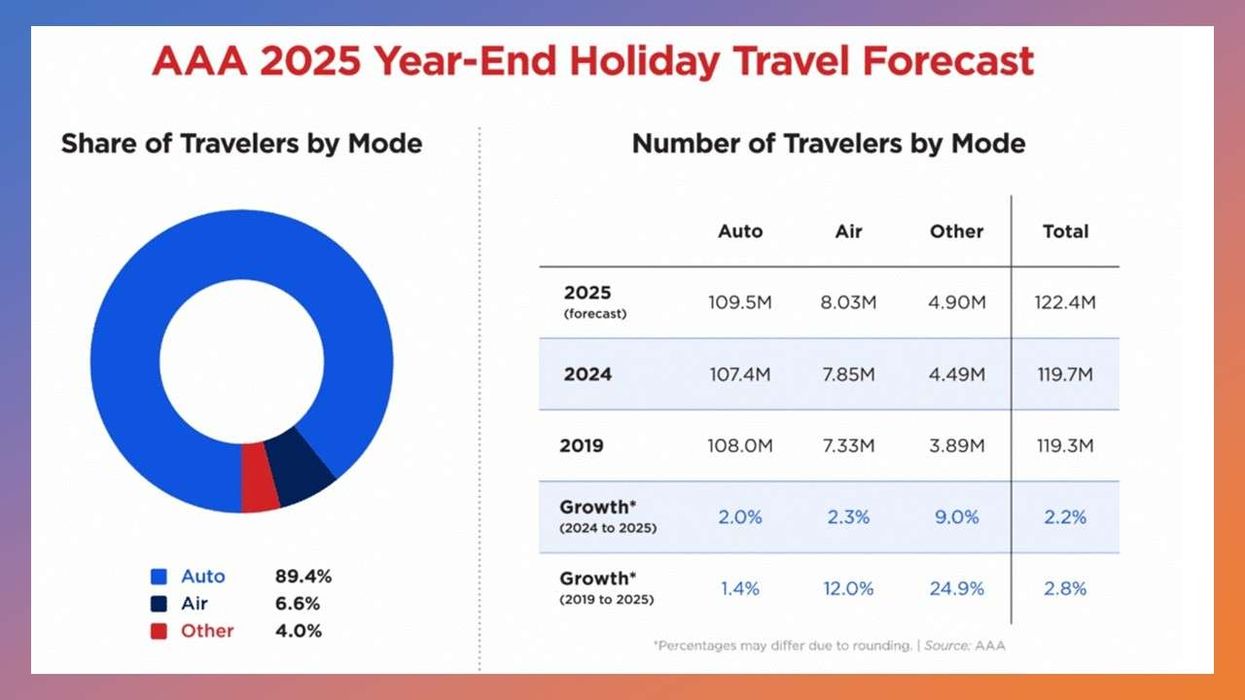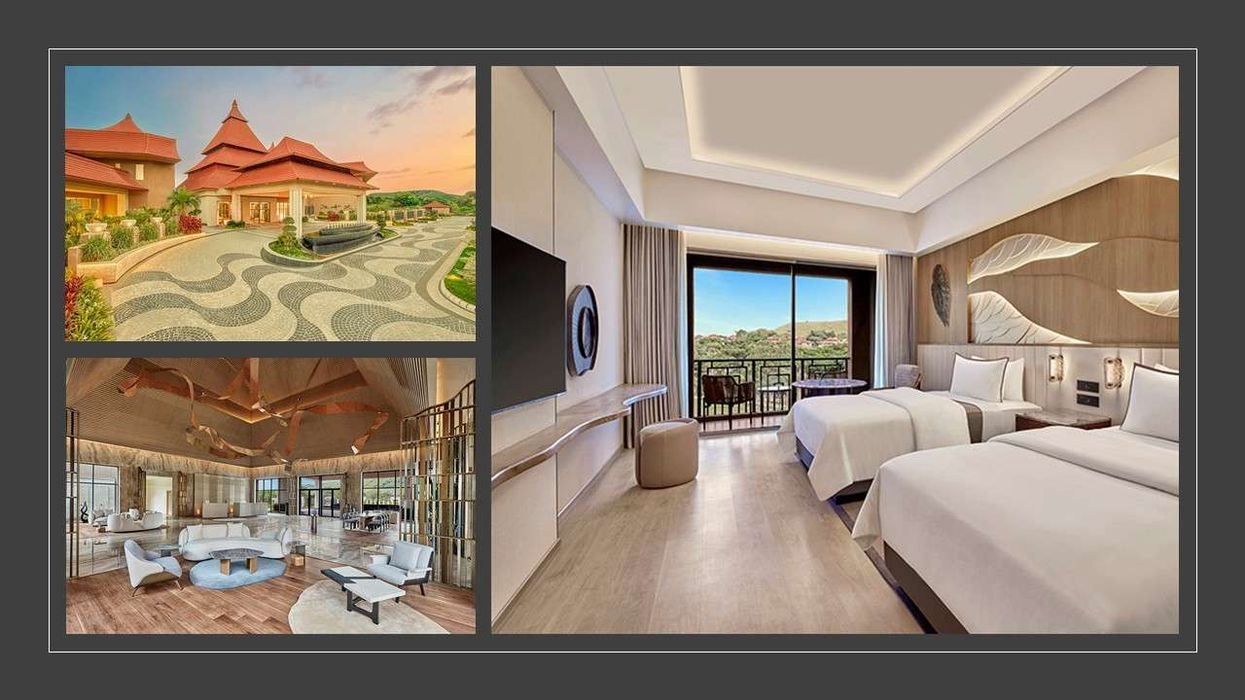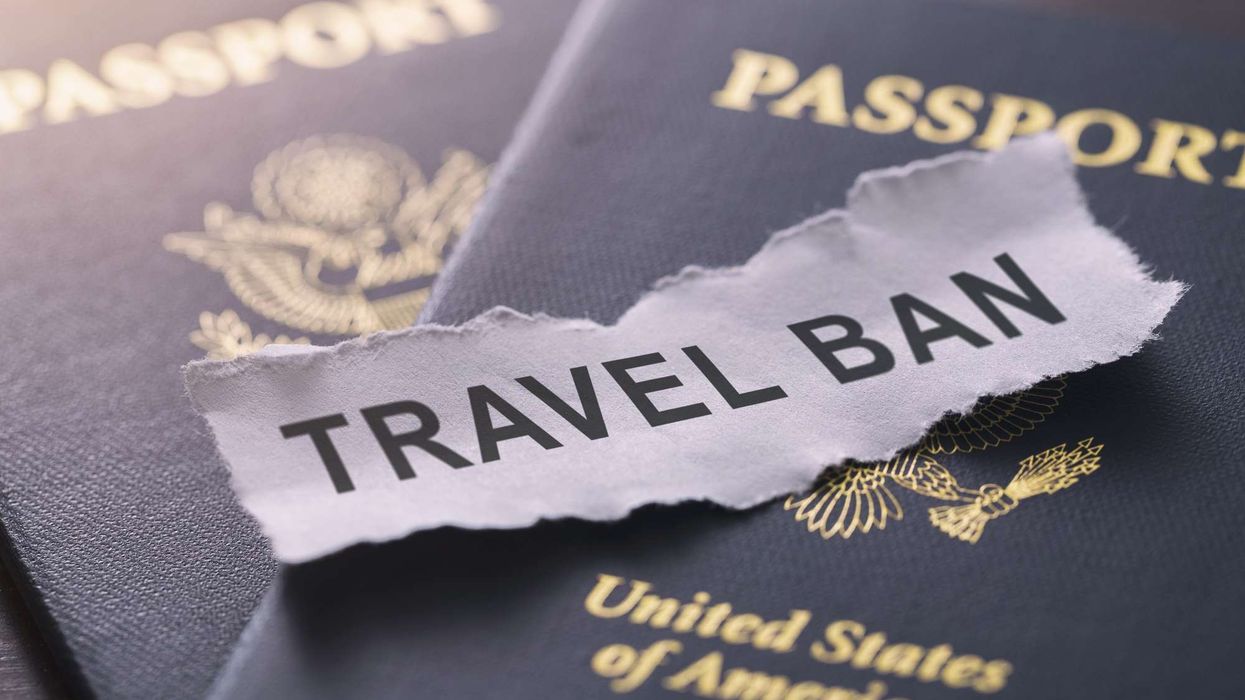EXTENDED-STAY HOTELS in the U.S. have seen their steepest declines ever in occupancy and other performance metrics since the COVID-19 pandemic shut down the nation’s travel industry in March. However, they still have outperformed the overall hotel industry during the first half of the year, according to hotel investment advisors The Highland Group’s latest report.
The group’s mid-year 2020 report found economy and lower mid-price extended-stay properties were doing particularly well comparatively, a trend revealed in Highland Group reports for the past several months.
“The product’s comparatively high share of longer-term, essentially residential guests and a large proportion of construction-related demand have cushioned the impact of the declines in transient and group travel,” the report said. “Economy and mid-price extended-stay demand in June was almost back up to March levels.”
The sector’s performance has improved each month since April, the apparent low point, and demand has grown for three consecutive months. Demand for the first half of the year declined 20.3 percent year-over-year, compared to the 37.2 percent decline for the overall hotel industry. However, at 57.7 percent through June, occupancy is the lowest The Highland Group has ever reported.
“Extended-stay hotels’ renewed focus on longer-term guests during this contractionary period has resulted in the widest differential between extended-stay and overall hotel occupancy we have ever reported,” the report said. “Thus far rate discounting relative to the overall hotel industry has not been as deep as during previous downturns. This is likely to be short lived, however, as overall hotel discounts are tapering faster than at extended-stay hotels.”
The supply of extended-stay hotel rooms reached 525,952 at mid-year 2020, up 8.3 percent from last year. The 40,435 net increase in new rooms over last year was the largest the group has ever reported for a 12-month period. At the same time, the pandemic has led to many temporary closings and delayed new hotel openings. Still, the increase in room nights available, 5.7 percent, was less than last year.
“Furthermore, there are several thousand newly opened or re-opened upper mid-price and upscale extended-stay rooms that are unlikely to ignore that the strongest extended-stay demand is at lower price points,” the report said. “Extended-stay hotels should continue to be one of the hotel industry’s brightest spots as its recovery proceeds.”












